Outer Space & Universe
Outer Space & Universe
Space, also known as outer space, is the near-vacuum between celestial bodies. It is where everything (all of the planets, stars, galaxies and other objects) is found.
On Earth, space begins at the Kármán line (100 km above sea level). This is where Earth's atmosphere is said to stop and outer space begins. This is not a firm boundary but is a convention used by scientists and diplomats.
Items in space are free to move back and forth; up and down; and left and right. These three dimensions are what make 3D space. Items also move forward through time, which is sometimes called the fourth dimension.
The majority of space contains very little matter and so most of it is a vacuum. Scientists do not know how big space is but we do know that space is extremely big, and is always expanding.
According to the big bang theory, all matter and energy in the Universe was compressed into a very small space. Then it exploded and started expanding. Space is still growing in size today; this means the distance from one galaxy to distant galaxies is getting longer.
Gravity is the force that keeps the Moon in orbit around the Earth and the planets in orbit around the Sun. Gravity can stretch and bend space similar to how a heavy ball placed on a stretched sheet of rubber will cause the rubber to stretch. The scientist who discovered that space can bend is named Albert Einstein. How gravity bends space is part of his theory of general relativity.
Astronauts, Cosmonauts, Taikonauts and Spationauts
An astronaut is any person who is trained by NASA to travel and perform tasks in space. Although the space traveler may not necessarily be a United States citizen, each astronaut does go through a rigorous training regiment by the National Aeronautics and Space Administration. Other space travelers go by other names then astronaut depending on their country of origin.
In the United States, astronaut is derived from the Greek words ástron (star) and nautis (sailor). While, in Russia, a space traveler goes by the name космонавт (English: cosmonaut), which is derived from the Greek words kosmos (universe) and nautis (sailor). Westerners call a space traveler from China a taikonaut, based on the 1998 writings of Chiew Lee Yik and Chen Lan where the term tàikōng (great emptiness), Chinese for “space”. In China, the term yuháng yuán (universe navigator) is used for space traveler.
Only the United States of America (United States), Russia (earlier, the Union of Soviet Socialist Republics), and the People’s Republic of China (China) have sent manned spacecraft into space. Other countries have assisted these countries by sending their own space travelers on space missions. For instance, a French space traveler is called a spationaut (from the French word spationaute), which is derived from the Latin spatium (space) and Greek nautis (sailor). (plural in Greek nautes = sailors)
-
05:32
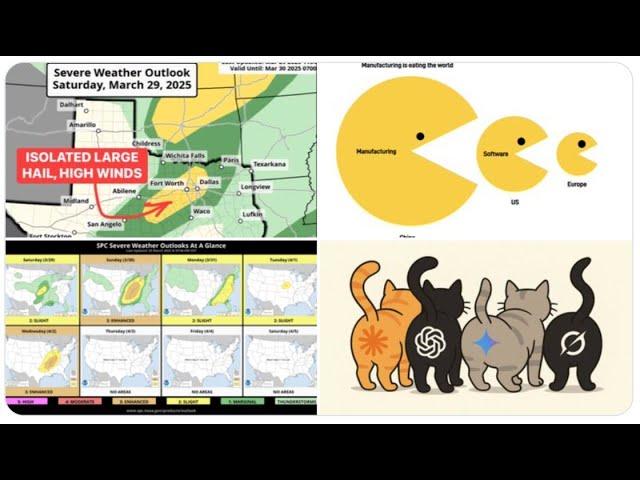
Dallas Ft. Worth & Arlington watch out for Big Hail today! and a WEEK OF BIG STORMS USA cometh!
Added 102 Views / 0 Likesugh.hang in there.God bless everyone,Thttps://www.paypal.me/THORnewshttps://venmo.com/TEric-Lewisonhttps://www.patreon.com/thornews
-
01:18
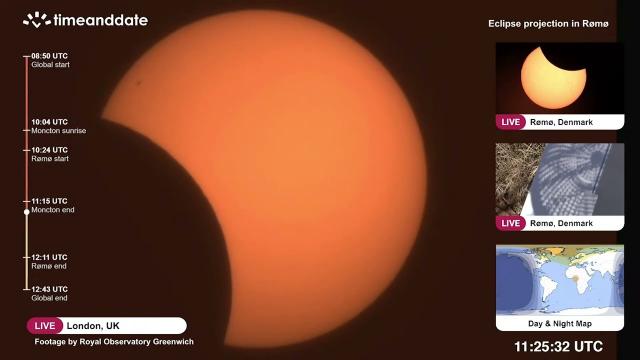
Partial solar eclipse over UK, Denmark and more! See a time-lapse
Added 83 Views / 0 LikesA partial solar eclipse occurred on March 29, 2025. Credit: Timeanddate.com | time-lapse by Space.com
-
08:02
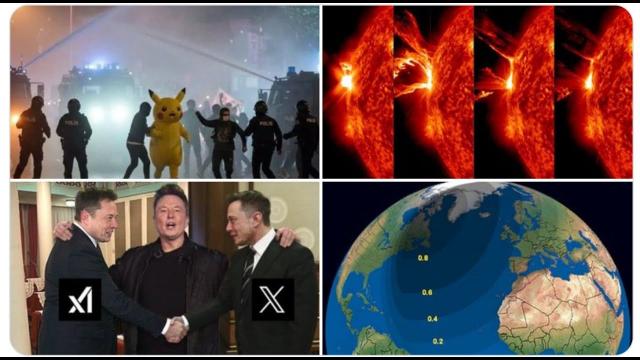
Super Wild & Weird & Stormy Eclipse week ahead! + Elon's Ai buys Elon's Media.
Added 120 Views / 0 LikesI hope everyone has a wonderful weekend.God bless everyone,Thttps://www.paypal.me/THORnewshttps://venmo.com/TEric-Lewisonhttps://www.patreon.com/thornews
-
00:51

Gateway Lunar Space Station Module Will Journey to US
Added 93 Views / 0 LikesGo inside the cleanroom at Thales Alenia Space in Turin, Italy, where HALO (Habitation and Logistics Outpost), the Gateway lunar space station’s first habitation module, is getting prepped for its upcoming journey to the U.S. Northrop Grumman, NASA’s prim
-
03:05
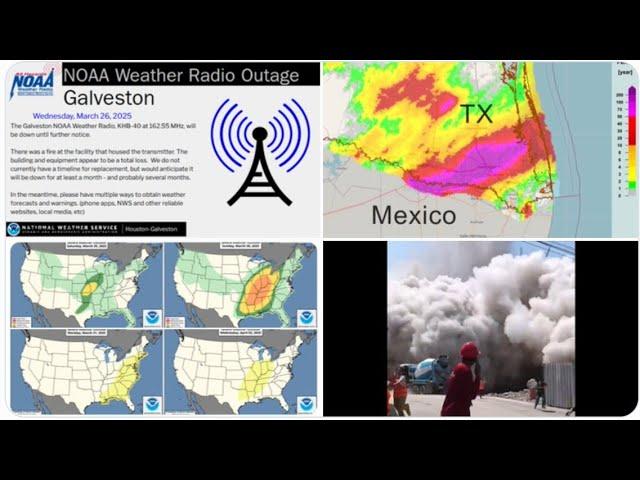
7.7 Magnitude Earthquake rocks Thailand! 20+ Inches of Rain for S. TX! Monster Eclipse Storm Sunday!
Added 105 Views / 0 LikesBuckle up, y'all.God bless everyone,Thttps://www.paypal.me/THORnewshttps://venmo.com/TEric-Lewisonhttps://www.patreon.com/thornews
-
04:54
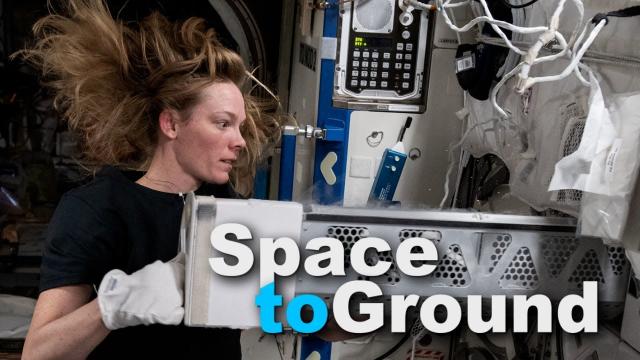
Space to Ground: Transitional Period: March 28, 2025
Added 100 Views / 0 LikesNASA's Space to Ground is your weekly update on what's happening aboard the International Space Station. Got a question or comment? Use #AskNASA to talk to us.Learn more about the important research being operated on Station:https://www.nasa.gov/iss-scien
-
05:28
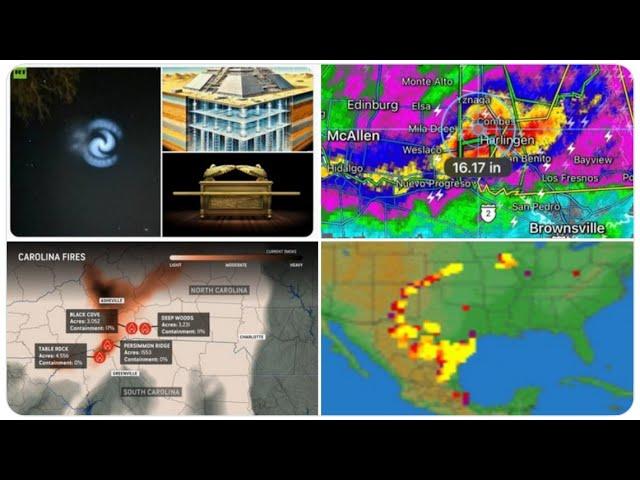
Ongoing Emergency Flood situations in Texas! Very Bad wildfires in the Carolinas! & More Storms.
Added 78 Views / 0 LikesI hope you are staying cool & hanging in there.this energy is rough.God bless everyone,https://www.paypal.me/THORnewshttps://venmo.com/TEric-Lewisonhttps://www.patreon.com/thornews
-
01:07

Blastoff! China’s Long March 3B launches Tianlian II-04 data relay satellite
Added 122 Views / 0 LikesChina's Long March-3B rocket launched the Tianlian II-04 data relay satellite from the Xichang Satellite Launch Center in southwest China's Sichuan Province on March 26, 2025. Credit: Space.com | footage courtesy: China Central Television (CCTV) | edited
-
00:30

Pan: NGC 5530
Added 103 Views / 0 LikesThe subject of today’s NASA/ESA Hubble Space Telescope Picture of the Week is the stunning spiral galaxy NGC 5530. NGC 5530 is situated 40 million light-years away in the constellation Lupus (The Wolf). This galaxy is classified as a ‘flocculent’ spiral,
-
00:30

Pan Video: Einstein ring in galaxy cluster SMACSJ0028.2-7537
Added 86 Views / 0 LikesThis new NASA/ESA/CSA James Webb Space Telescope Picture of the Month features a rare cosmic phenomenon called an Einstein ring. What at first appears to be a single, strangely shaped galaxy is actually two galaxies that are separated by a large distance.
-
01:45
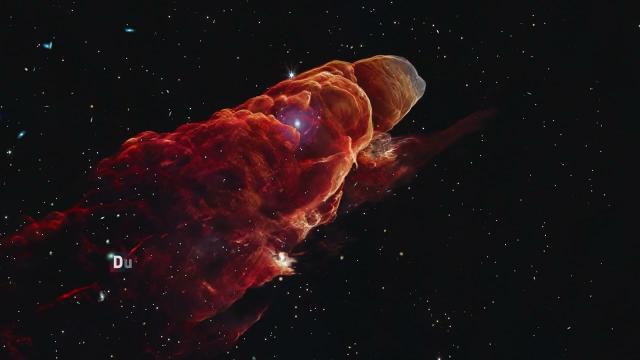
Space Sparks Episode 16 - Herbig-Haro 49/50
Added 85 Views / 0 LikesThis Space Sparks episode features a new image from the NASA/ESA/CSA James Webb Space of Herbig-Haro 49/50 and a perfectly positioned, more distant spiral galaxy.More information and download options: http://esawebb.org/videos/weic2506b/Credit:Directed by
-
00:30
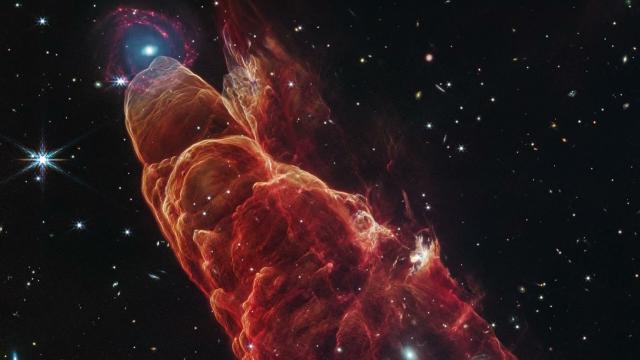
Pan Video: HH49/50
Added 65 Views / 0 LikesThe NASA/ESA/CSA James Webb Space Telescope observed Herbig-Haro 49/50, an outflow from a nearby still-forming star, in high-resolution near- and mid-infrared light with the NIRCam and MIRI instruments. The intricate features of the outflow, represented i
-
01:00
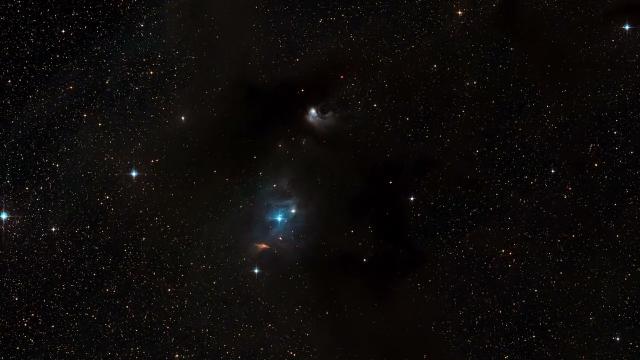
Zoom Video: HH49/50
Added 52 Views / 0 LikesThis video takes the viewer on a journey to Herbig-Haro 49/50, an outflow from a nearby still-forming star, in high-resolution near- and mid-infrared light with the NIRCam and MIRI instruments. The intricate features of the outflow, represented in reddish
-
01:06
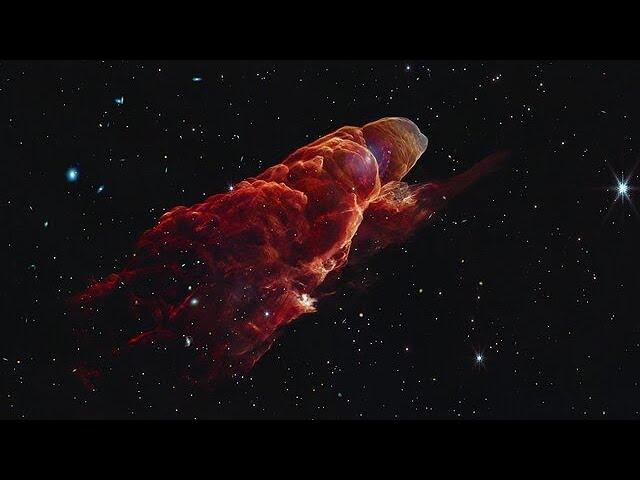
Herbig-Haro 49/50 Data Visualisation
Added 40 Views / 0 LikesThis video provides special data visualisation of Herbig-Haro 49/50, as seen by the NASA/ESA/CSA James Webb Space Telescope. This is an outflow from a nearby still-forming star, in high-resolution near- and mid-infrared light with the NIRCam and MIRI inst
-
01:00
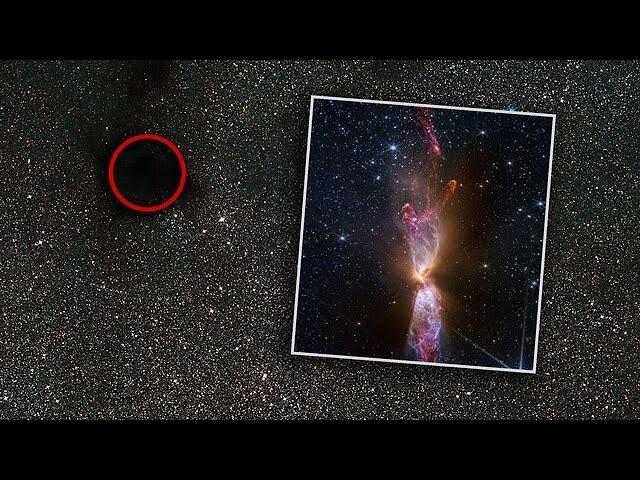
Zoom video: Lynds 483
Added 31 Views / 0 LikesThis video takes the viewer on a journey to the shimmering ejections emitted by two actively forming stars make up Lynds 483 (L483). High-resolution near-infrared light captured by the NASA/ESA/CSA James Webb Space Telescope shows incredible new detail an
-
00:30
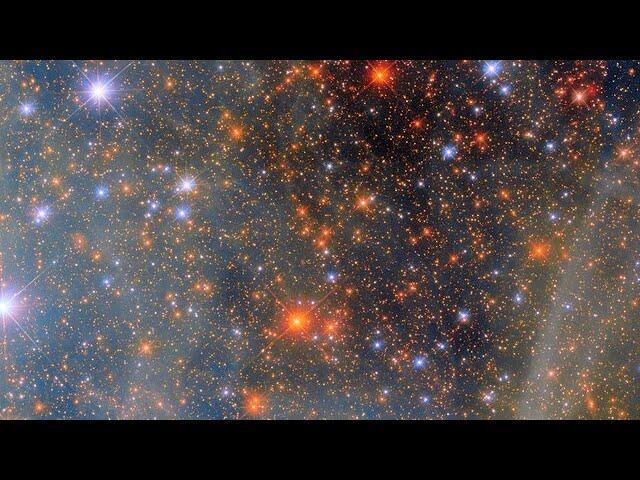
Pan: NGC 346
Added 33 Views / 0 LikesSay hello to one of the Milky Way’s neighbours! Today’s NASA/ESA Hubble Space Telescope Picture of the Week features a scene from one of the closest galaxies to the Milky Way, the Small Magellanic Cloud (SMC). The SMC is a dwarf galaxy located about 200 0
-
00:30
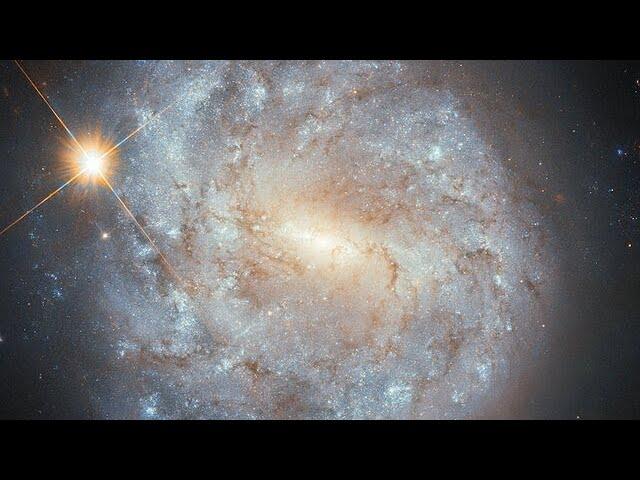
potw2510a
Added 32 Views / 0 LikesMore information and download options: http://esahubble.org/videos/potw2510a/Credit:NASA & ESA
-
01:24
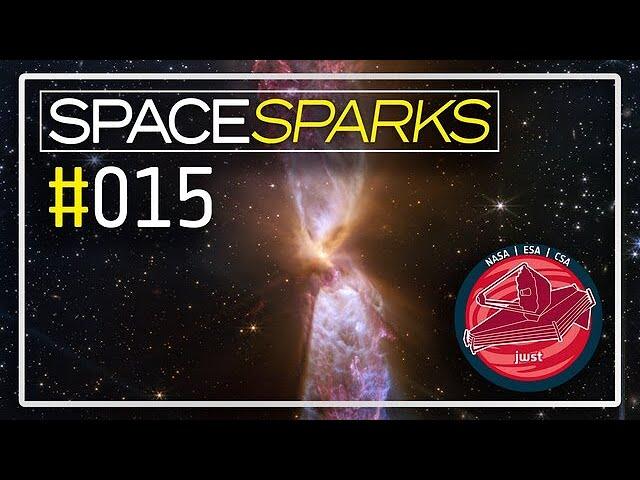
Space Sparks Episode 16 Light: Webb wows with incredible detail in actively forming star system
Added 27 Views / 0 LikesThis Space Sparks episode features a new image from the NASA/ESA/CSA James Webb Space of two actively forming stars that make up Lynds 483 (L483).More information and download options: http://esawebb.org/videos/weic2503a/Credit:Directed by: Bethany Downer
-
00:30
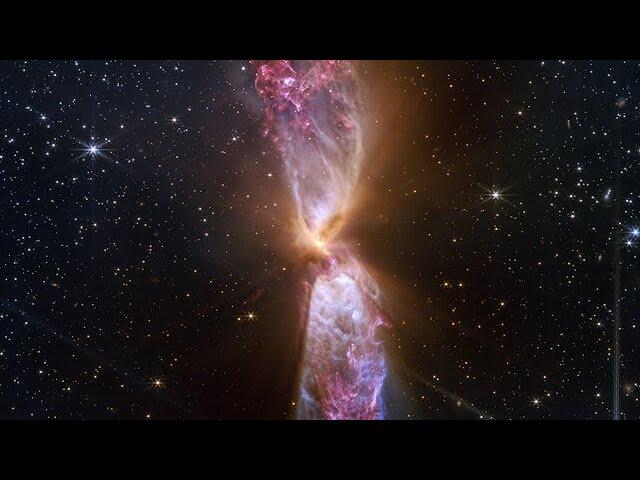
Pan of Actively forming star system Lynds 483
Added 34 Views / 0 LikesShimmering ejections emitted by two actively forming stars make up Lynds 483 (L483). High-resolution near-infrared light captured by the NASA/ESA/CSA James Webb Space Telescope shows incredible new detail and structure within these lobes, including asymme
-
00:30
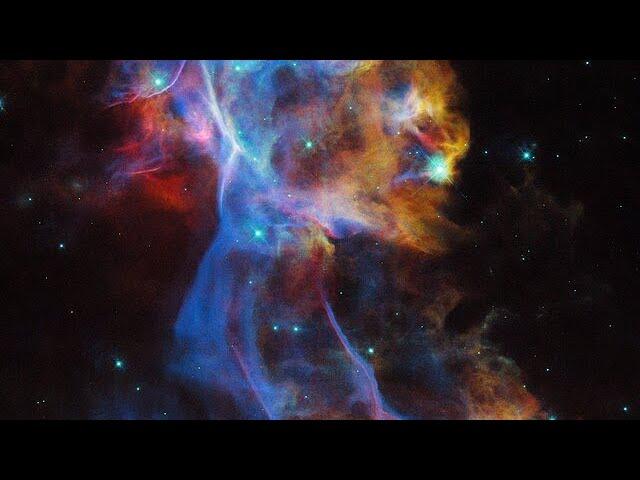
Pan: Veil Nebula
Added 27 Views / 0 LikesIn this NASA/ESA Hubble Space Telescope Picture of the Week, Hubble has once again lifted the veil on a famous — and frequently photographed — supernova remnant: the Veil Nebula. This nebula is the remnant of a star roughly 20 times as massive as the Sun
